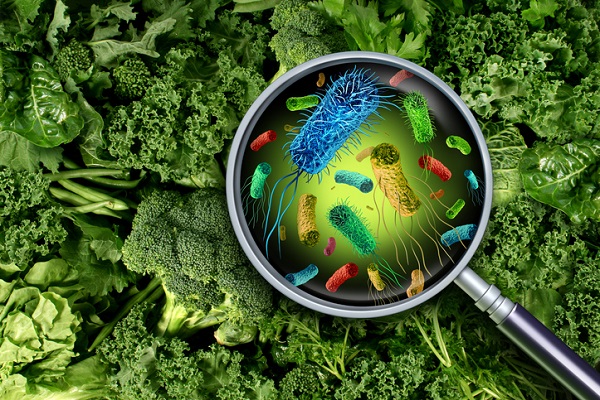
People working in the food industry have an obligation to ensure that the foods they work with are kept safe from cross-contamination. While the vast majority of food is safe, when problems do occur, such as product recalls and outbreaks of foodborne illnesses, they are often because of cross-contamination.
Taking measures to prevent cross-contamination is something that should be done at every food facility, whether on the farm or in the kitchen. If you’re interested in a career in the food industry, here are three things you should know about cross-contamination.
1. Cross-Contamination Is Likely the Leading Cause of Food Product Recalls
The reason cross-contamination is something you should take seriously in your food safety career is because of how common it is. In fact, it is estimated that cross-contamination is the leading cause of food product recalls. It is also believed that cross-contamination lies at the root of most outbreaks of foodborne illnesses, such as:
- E. coli
- salmonella
- listeria
- and more

Cross-contamination is often involved in outbreaks of foodborne illness
The fact that cross-contamination is often the cause of recalls and outbreaks is not that surprising. After all, there are opportunities for cross-contamination to occur at almost every stage of the food production and delivery chain:
- On farms, animal droppings can spread E. coli to crops
- In food processing facilities, unsanitary equipment can mean that non-allergenic foods become contaminated with allergens
- In restaurant kitchens, utensils like knives and forks can transfer pathogens from one food to another
2. Learning About GMP and HACCP in Your Food Technology Program Can Help
During your food safety program you’ll study good manufacturing practices (GMPs) and hazard analysis and critical control points (HACCP) as they relate to food products. These two concepts are critical for preventing cross-contamination, especially in food processing facilities.
GMPs are a set of practices used to ensure that food processing is safe. For example, a principle of GMPs is to ensure that the food processing environment is free of allergens.
HACCP, meanwhile, is an approach to food safety that works by analyzing potential hazards during food processing as well as critical control points where hazards can be eliminated or reduced. For example, a critical control point could include testing ingredients for contaminants.
Taken together, both GMP and HACCP help to significantly reduce the risk of cross-contamination in food processing.

GMP and HACCP both help prevent cross-contamination in food processing facilities
3. Safe Handling Is Key to Preventing Cross-Contamination in the Food Industry
Proper food handling techniques play an essential role in preventing cross-contamination at almost every step of the food production and delivery chain. For example, in restaurant kitchens, food can become cross-contaminated because someone may have handled vegetables right after handling raw meat while not washing their hands in between.
During your food technology courses, you’ll have an opportunity to train for and take the City of Toronto food handler certificate free of charge. Not only is this certificate considered essential for working in many food facilities, but it can also teach you important food handling techniques that can help prevent cross-contamination. For example, you’ll learn about the importance of storing foods separately, cooking food to a safe minimum temperature, and ensuring that food preparation surfaces are kept clean.

Safe food handling practices are a major part of the fight against cross-contamination
Are you interested in food quality assurance and quality control?
Contact the Academy of Applied Pharmaceutical Sciences to learn about our programs.



